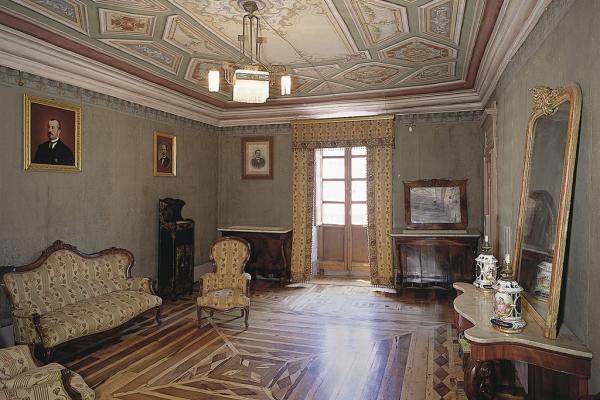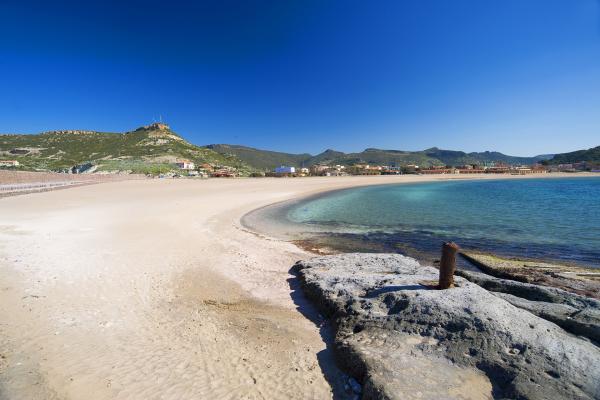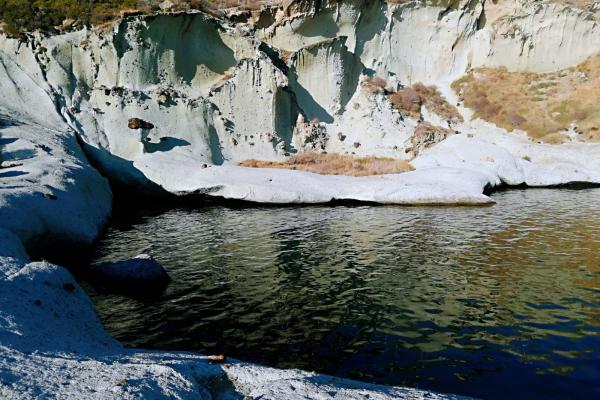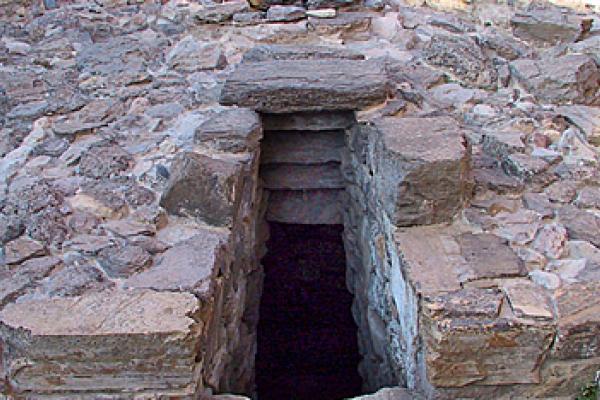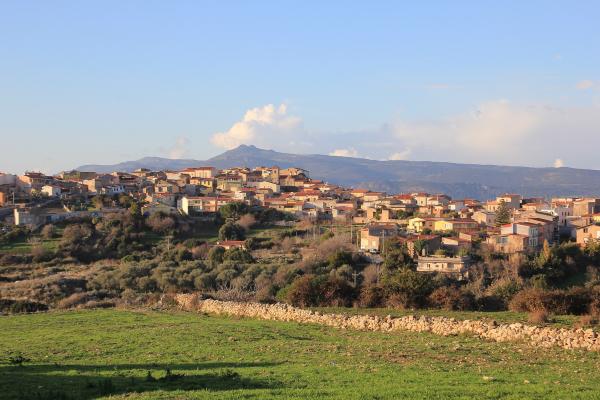At first sight, it looks like a normal single-nave church, without friezes or external decorations, built in the courtyard of the Serravalle Castle in Bosa, a picturesque medieval village in the Planargia region. In reality, the church of Nostra Signora de sos Regnos Altos hid its priceless wealth in the internal walls, under the plaster. ...and it may still be jealously guarding some secrets. One is linked to its founding, with no source, so the theories formulated vary between the 12th and 14th centuries. Subsequent renovations, also undocumented, fuel the mystery. The church probably served as a palace chapel inside the castle. It has a rectangular hall with a semicircular apse and two entrances, one on the façade and one on the north-east side. At the end of the 19th century, a decision was made to extend the hall to the east and this involved the destruction of the original apse. The great revelation, however, came to light during the consolidation works in the two-year period of 1972-73: while removing the plaster, a surprising series of frescoes appeared, which had originally occupied the entire perimeter of the building and are interrupted on the eastern side due to demolition of the ancient apse.

See this place because...
Within the walls of the fortress that dominates a village considered one the most beautiful in Italy, you will discover the spirituality of the Middle Ages, by visiting a unique and mysterious building on the Island
Nearby
Si abbandona la SS 131 all'altezza di Macomer, svoltando al bivio per Bosa, che si raggiunge dopo 29 km percorrendo la 129 bis. La chiesa è compresa nella cerchia muraria del castello, che domina il centro storico della cittadina. Il contesto ambientale L'abitato di Bosa si stende sulle rive del fiume Temo, inerpicandosi con le abitazioni lungo il pendio del colle alla sommità del quale fu edificato il castello di Serravalle, a 81 m s.l.m. Comunemente denominato castello dei Malaspina, deve questo appellativo alla tradizione secondo cui sarebbe stato costruito nel 1112 dall'omonima famiglia di nobili toscani trapiantati nell'isola alla metà dell'XI secolo. La chiesa di Nostra Signora de Sos Regnos Altos, edificata entro le mura del castello, svolse funzione di cappella palatina.





